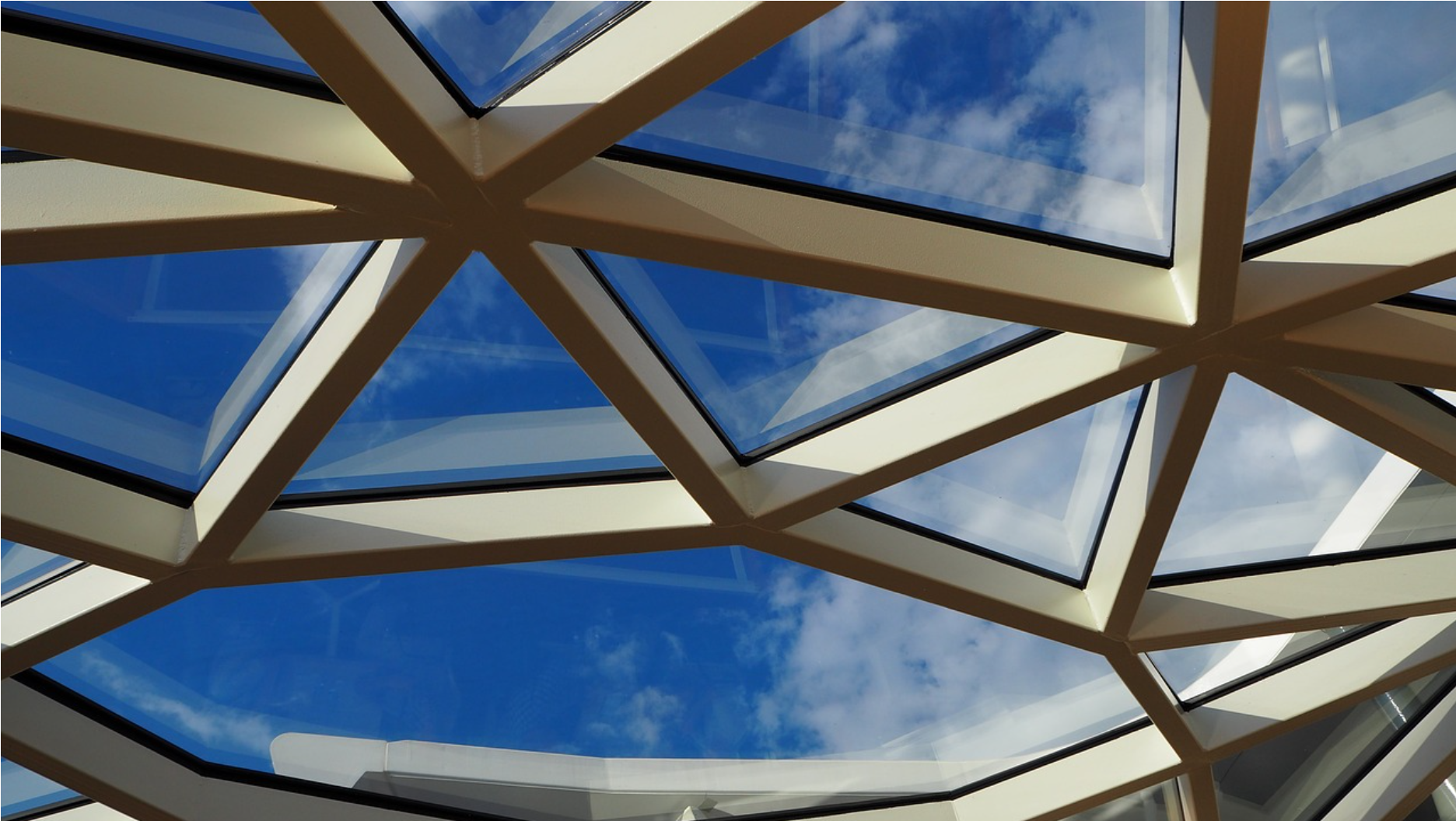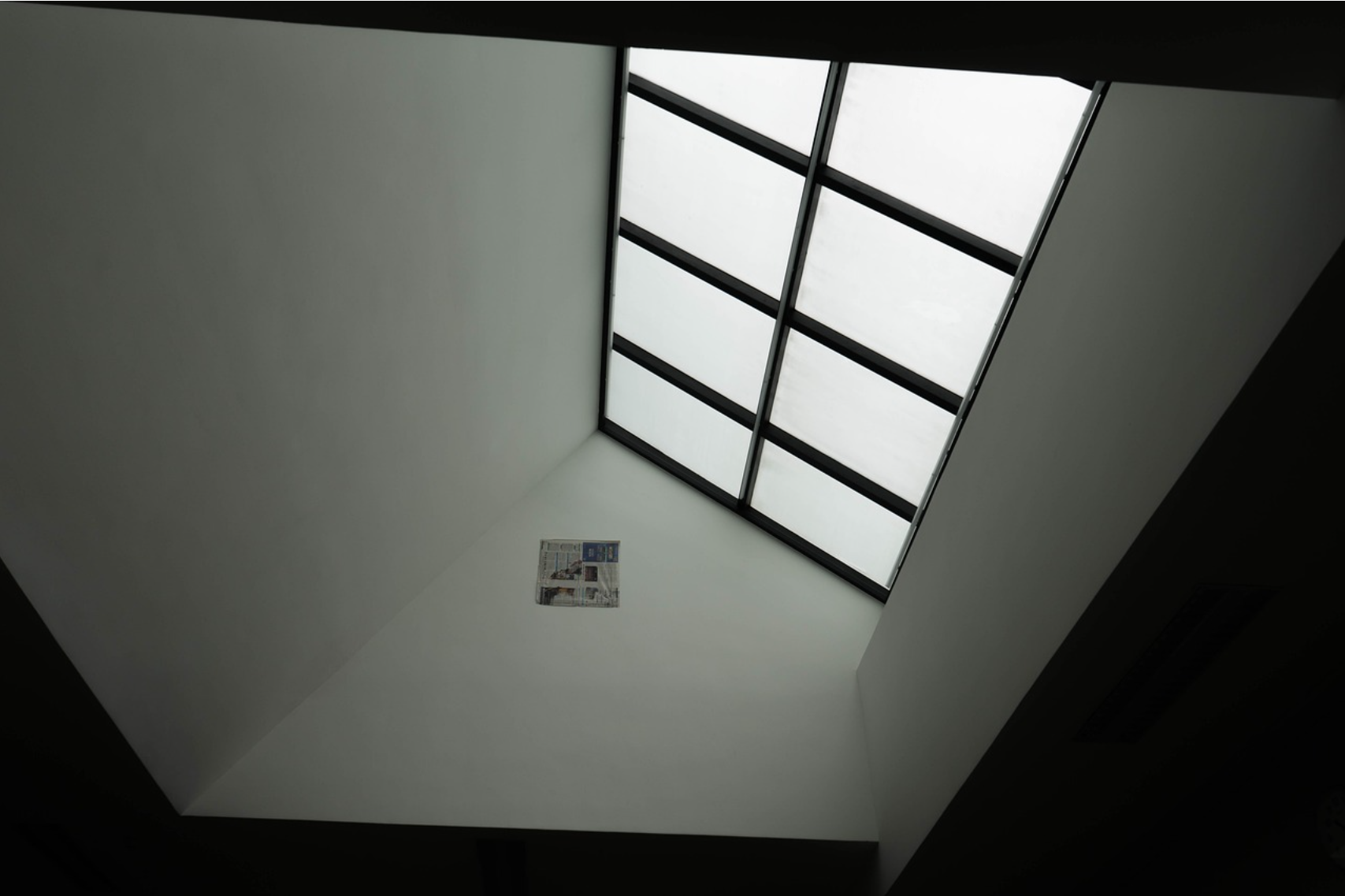Daylighting is a green, sustainable architecture technique that uses the sun as a natural light source. Skylights are an ideal way to bring daylight into interior spaces in an energy-efficient and cost-effective way.
Not only do they provide natural illumination, but they also lower energy bills and offer many other benefits to homeowners. In this article, we'll cover all you should know about daylighting and sustainability and how skylights contribute to green living.
What is Green Living?
Green living is an environmentally conscious lifestyle that focuses on reducing the negative impacts of human activities on our planet. It involves minimizing energy consumption, recycling waste, and utilizing sustainable materials in construction projects to reduce the amount of pollution produced. Through green living practices, people can minimize their environmental impact and conserve resources for future generations.
How Does Daylighting Fit Into Green Living?
Daylighting is an important part of green living. Since the sun is a renewable energy source, using it to illuminate spaces helps reduce our reliance on electricity. Studies have shown that natural light can improve productivity, boost morale, and enhance the overall well-being of building occupants.
Additionally, skylights can increase ventilation in interior spaces, helping to reduce the need for air conditioning and other forms of artificial cooling. Using natural lighting instead of conventional electrical sources can reduce energy consumption and help preserve the environment for future generations.
The Basics of Daylighting and Sustainability
Daylighting is a holistic approach to energy-efficient architecture that relies on the natural light of the sun instead of electric lighting. It can reduce costs and conserve energy while creating comfortable, visually appealing environments.
The primary benefit of daylighting is its ability to reduce or eliminate the need for artificial lighting during daytime hours. This helps lower energy bills and reduce carbon emissions.
Daylighting also offers several other benefits, including improved natural ventilation, reduced indoor air pollution, improved thermal comfort, and greater accessibility for those with visual impairments.
In addition, daylighting can create more attractive spaces that are in harmony with the environment outside.
How Skylights Contribute to Daylighting and Sustainability

Skylights are an ideal way to bring daylight into interior spaces. They come in a variety of styles and sizes to suit any need, making them one of the most efficient ways to introduce natural light into buildings.
According to Mighty Dog Roofing in Howe, Texas, skylights can contribute significantly to energy savings by reducing reliance on electric lighting. In addition, they can reduce heat loss in the winter, which helps reduce heating costs.
Skylights also offer several other advantages to homeowners on a budget. They can help improve indoor air quality by ventilating interior spaces and providing better acoustics for noise reduction.
Finally, skylights can create an aesthetically pleasing environment that is in harmony with the outdoors. This ability to bring the outside in can add visual appeal to any home or commercial space.
Different Types of Skylights and Their Benefits
There are various types of skylights available, each with its unique benefits. Fixed skylights offer maximum visibility and light transmission but have limited ventilation capabilities.
Vented skylights can be opened to provide better air circulation and allow for moisture control in humid climates.
Sun tunnels, also known as tubular lights, are more affordable than other skylights and offer an unobtrusive light source, making them particularly suitable for small spaces.
Finally, solar-powered skylights are a great option for saving even more energy and money. They provide natural illumination and use the sun's energy to power LED bulbs, allowing you to reduce your energy bills while still enjoying the benefits of daylighting.

What to Consider Before Purchasing a Skylight
When choosing a skylight, it's important to consider the size and shape of the space in which it is to be installed. It's also essential to weigh the pros and cons of different types of skylights – fixed, vented, sun tunnels, or solar-powered – depending on your needs.
Additionally, you'll need to determine whether your skylight must be insulated and select an appropriate frame color that complements your existing décor.
Finally, purchase a skylight from a reputable manufacturer that offers high-quality products with adequate warranties.
Installation Tips for Maximizing Energy Efficiency
Once you have selected the appropriate skylight for your home or commercial space, installing it correctly for optimal performance is important.
Be sure to position the skylight facing away from direct sunlight to reduce glare and keep unwanted heat out. Additionally, ensure the skylight is properly sealed and insulated according to local building codes.
Using energy-efficient glazing that allows maximum light transmission while blocking ultraviolet rays and providing insulation against heat loss or gain is also a good idea.
Finally, be sure to properly maintain your skylight to maximize its performance, efficiency, and longevity. Regularly check for air leaks and other issues that may affect the performance of the skylight over time.
Conclusion
Daylighting is a green, sustainable architecture technique that has the potential to reduce energy costs while also creating comfortable, aesthetically pleasing environments. Skylights are an ideal way to bring daylight into interior spaces in a cost-effective and energy-efficient manner.
When selecting and installing skylights, it's important to consider the size and shape of your space, the type of skylight that is best for your needs, insulation requirements, frame colors, and maintenance methods.
By following these tips and investing in quality products from a reliable manufacturer, you can enjoy all the benefits of daylighting while helping to keep energy costs low and reduce your carbon footprint.
